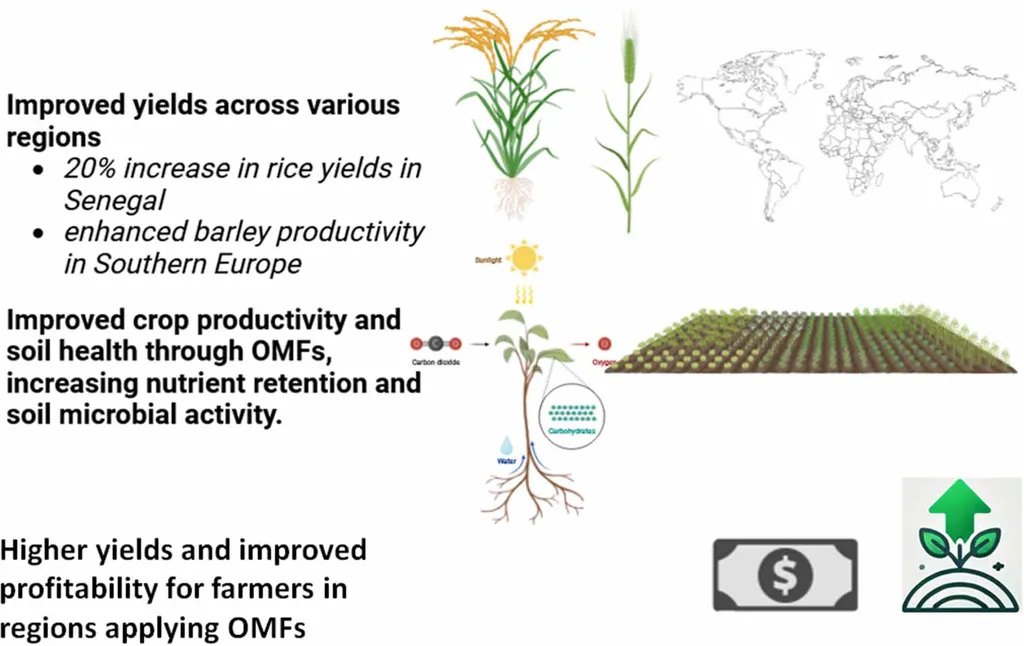In the rolling hills where tea plants thrive, a silent crisis has been brewing. The soil, once teeming with life and nutrients, has been slowly depleted by the very practices meant to nourish it. But a new study, published in *Frontiers in Soil Science* (or *Soil Science Horizons* in English), offers a glimmer of hope for the tea industry, with implications that could ripple through the agricultural sector and beyond.
Braison E. Mjanja, a researcher from the Soil Fertility Programme at the Tea Research Institute of Tanzania, has been delving into the world of organo-mineral fertilizers (OMFs). These aren’t your average fertilizers. They’re a clever blend of organic matter—think compost, manure, or biochar—and inorganic nutrients like nitrogen, phosphorus, and potassium. The result? A fertilizer that’s not only good for the soil but also boosts tea plant health and yield.
“The beauty of OMFs lies in their balance,” Mjanja explains. “They combine the fast-release nutrients of synthetic fertilizers with the slow-release, soil-healing properties of organic matter.” This balance is crucial for tea plants, which need consistent nutrient availability to maintain steady leaf growth, especially in rainfed systems where water and nutrient availability can be unpredictable.
The study found that OMFs can enhance soil structure, increase its ability to hold onto nutrients (a property known as cation exchange capacity), improve water retention, and support beneficial microbial activity. They can also lower nitrogen leaching and phosphorus fixation, buffer soil acidity, and maintain consistent leaf flushing—all critical factors for yield stability and quality.
Field trials in Asia and Africa have shown promising results. Tea plants treated with OMFs not only produced higher yields but also exhibited better nutrient uptake and improved tea quality compared to those treated with synthetic fertilizers alone. This is a significant finding, given the tea industry’s heavy reliance on synthetic inputs and the environmental toll they’ve taken.
However, the adoption of OMFs in Africa remains limited, largely due to knowledge gaps and policy constraints. Mjanja hopes that this review will shed light on the potential of OMFs and spur further research and policy support. “The transition to more sustainable practices is not just an environmental imperative,” he says. “It’s also an economic one. Healthier soils lead to healthier plants, which in turn lead to better yields and higher quality products.”
The implications of this research extend beyond the tea industry. The principles of integrated nutrient management and soil fertility are universal, and the lessons learned from tea cultivation could be applied to other crops and regions. As the world grapples with the challenges of climate change and food security, the need for sustainable, resilient, and productive agricultural systems has never been greater.
In the end, the story of OMFs is a story of balance—a balance between the needs of the plant and the health of the soil, between immediate yields and long-term sustainability, and between traditional knowledge and innovative solutions. It’s a story that’s still unfolding, but one that offers a tantalizing glimpse into the future of agriculture.

